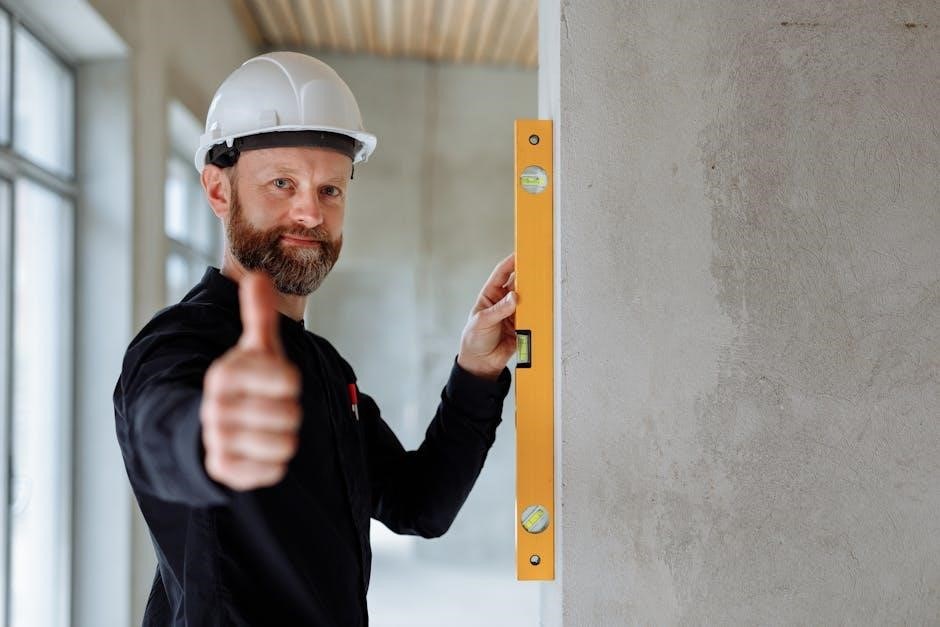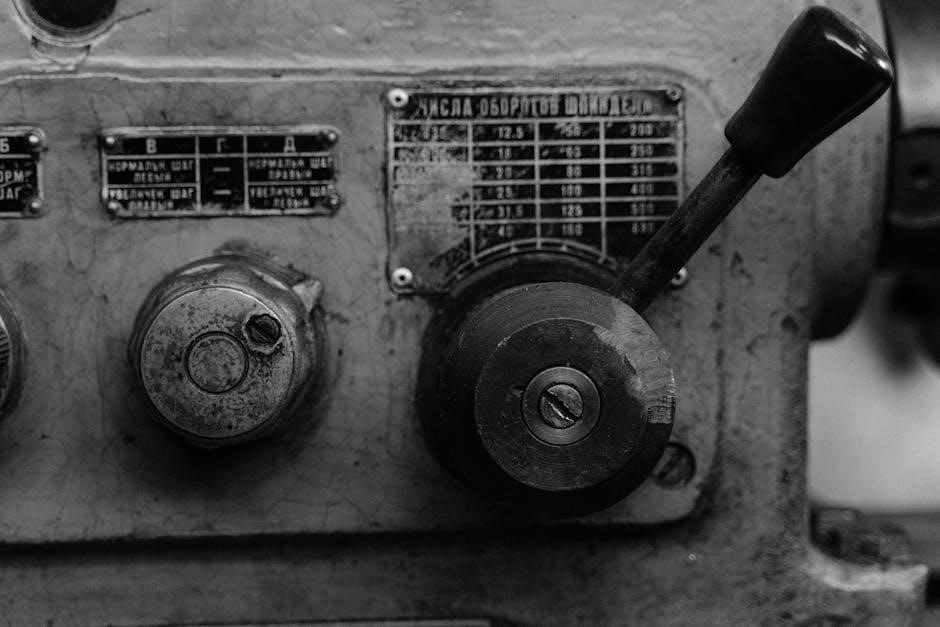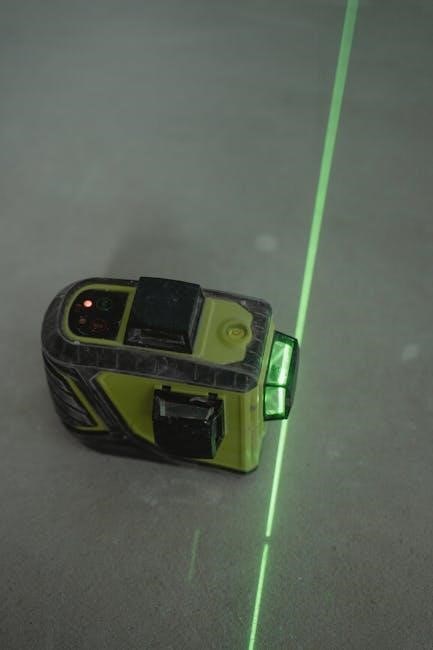
Our Classic WoW Engineering Leveling Guide offers a streamlined path to efficiently raise your Engineering skill from level 1 to 300. This guide incorporates cost-effective methods, minimizing downtime while maximizing skill-ups. Prepare to craft gadgets and dominate the Classic landscape!
Engineering in Classic WoW stands out as a unique and versatile profession, offering players a blend of practical gadgets, explosive devices, and quirky inventions. Unlike crafting professions that primarily focus on gear creation, Engineering provides tools and devices that can be used in both PvE and PvP scenarios. These range from bombs and grenades to target dummies and repair bots, making it invaluable.
However, Engineering is often considered a gold-intensive profession. Many recipes require a significant amount of materials, and the resulting items are often consumable, meaning they are used once and then gone. Despite the cost, the utility and fun factor of Engineering make it a popular choice for many players. It can give you an edge in various situations. The profession pairs best with Mining.

Why Choose Engineering?
Engineering in Classic WoW offers a unique blend of utility, fun, and power, making it a compelling choice for many players. Unlike other professions that primarily focus on crafting gear, Engineering provides a diverse range of gadgets, explosives, and devices that can be used in both PvE and PvP situations. This versatility sets it apart and makes it a valuable asset in various scenarios.
One of the main reasons to choose Engineering is its ability to provide tactical advantages. Engineers can craft bombs and grenades for burst damage, target dummies to distract enemies, and repair bots to fix their gear in the field. These tools can be incredibly useful in dungeons, raids, and world PvP, giving engineers an edge. While it can be expensive to level, it’s fun.
Mining as a Complementary Profession
Mining and Engineering are a classic pairing in World of Warcraft, and for good reason. Mining provides the raw materials necessary for Engineering, drastically reducing the cost and time required to level the profession. Without Mining, you’ll be forced to purchase ores and bars from the Auction House, which can be extremely expensive, especially for rare materials.
By leveling Mining alongside Engineering, you gain a self-sufficiency that is invaluable in Classic WoW. You can gather the necessary ores yourself, smelt them into bars, and then use those bars to craft Engineering items. This not only saves you gold but also ensures that you always have the materials you need on hand.
Furthermore, Mining provides a steady source of income as you level. Excess ores and bars can be sold on the Auction House, helping to offset the costs of training and purchasing schematics. This makes the leveling process more sustainable and less of a drain on your resources.

Engineering Trainers and Locations
To become a master engineer, you’ll need to find the right trainers. Our guide provides a comprehensive list of Engineering trainers, their locations, and the skill levels they can teach you. Find them and prosper!
Apprentice Engineering Trainers (1-75)
Embarking on your Engineering journey begins with finding an Apprentice trainer. These trainers are crucial for learning the foundational skills needed to progress. For Alliance players, look to these trainers in starting zones. For example, you can find trainers in Goldshire in Elwynn Forest, and Dolanaar in Teldrassil. These trainers offer the initial recipes and knowledge necessary to reach skill level 75.
Horde players can seek out trainers in areas like Brill in Tirisfal Glades and Razor Hill in Durotar. These trainers will guide you through the basics, teaching you to craft essential items like Rough Blasting Powder and Handful of Copper Bolts. Investing time with these trainers and mastering the apprentice recipes is vital for future engineering success. Don’t underestimate these early stages!
Make sure to visit your trainer regularly as you level to learn new schematics. They are the cornerstone of your knowledge.
Journeyman Engineering Trainers (75-150)

Once you’ve reached skill level 75, it’s time to seek out a Journeyman Engineering trainer. These trainers provide the next tier of knowledge, allowing you to craft more complex and useful gadgets. Alliance players can often find these trainers in larger towns and cities. For example, you might find them in places such as Stormwind City or Ironforge.
Horde players should look to major hubs like Orgrimmar and Undercity for Journeyman trainers. They will introduce you to recipes like Coarse Blasting Powder and other essential components.
These new schematics will help you advance towards skill level 150. It is important to note that you need to be at a certain character level (usually level 10) to learn the Journeyman rank. Don’t forget to keep gathering materials! Investing in your skill with a Journeyman trainer unlocks a whole new range of possibilities for your engineering career.
Expert Engineering Trainers (150-225)
Reaching skill level 150 means you are ready to become an Expert Engineer! Finding an Expert Engineering trainer is crucial to advancing your skills. These trainers aren’t always located in the main cities; you might need to venture to specific locations to find them. Alliance players can seek out trainers in places like the Wetlands or Dustwallow Marsh. These areas often have trainers tucked away in smaller settlements.
Horde players should look towards locations such as Hillsbrad Foothills or Thousand Needles for their Expert trainers. These trainers will teach you advanced schematics. They may teach you how to craft items with Mithril bars. You need to be a certain level (usually level 20) to learn from an Expert Engineering trainer.
Always make sure you have plenty of materials before seeking out your trainer, as you’ll want to learn as many new recipes as possible to efficiently continue leveling.

Artisan Engineering Trainers (225-300)
To achieve Artisan Engineering status (225-300), you’ll need to find a specific trainer capable of teaching you the secrets of this advanced level. For the Alliance, head to Ironforge and seek out Tinker Overspark. He resides within the Tinker Town area, ready to impart his knowledge to aspiring Artisan Engineers.
Horde players must travel to Orgrimmar and locate Buzzek Bracketswing. You can find him in the Valley of Honor, diligently working away and willing to guide those who seek to master the craft. Before seeking out these Artisan trainers, ensure you’ve reached at least character level 35 and have a skill level of 225. This will allow you to learn the Artisan Engineering skill. Remember to bring enough gold to cover the training costs.
Once you become an Artisan Engineer, the possibilities for crafting powerful and intricate devices truly expand.

Materials Required (Estimates)
Embarking on the Engineering journey requires foresight. Below are estimated material quantities to level 1-300. These are approximate, and actual needs may vary. Efficient gathering will minimize costs. Happy crafting!
Rough Stone
Rough Stone is one of the very first materials that you will need as you begin your engineering journey. In the initial stages of leveling your Engineering skill in Classic WoW, Rough Stone serves as a foundational component for crafting essential items. Primarily obtained through mining copper and tin veins, this resource is crucial for creating Rough Blasting Powder.
To efficiently acquire this material, focus on mining nodes in low-level zones suitable for characters between levels 1 and 10. Areas like Elwynn Forest for the Alliance and Durotar for the Horde offer abundant mining opportunities. Additionally, consider purchasing Rough Stone from the Auction House if the price is reasonable, saving you time and effort.
Keep in mind that the exact quantity needed might slightly vary based on crafting luck and chosen recipes. Therefore, it’s advisable to gather a bit more than the estimated amount to avoid interruptions during your leveling process. Remember that while leveling you should keep a sharp eye on the prices and adjust based on the market.
Copper Bar
Copper Bars are essential for early Engineering recipes, obtained by smelting Copper Ore found in starter zones like Elwynn Forest and Durotar. Smelting requires a forge, usually located near mining trainers or in major cities. As you level Engineering, Copper Bars will be used to create Handfuls of Copper Bolts, essential for many early-level engineering projects, and other useful gadgets.
To efficiently gather Copper Ore, mine in areas suitable for levels 1-10. Remember that mining skill increases the chance of successful ore extraction. If mining isn’t your primary profession, buying Copper Bars from the Auction House can save time, especially if prices are competitive.
Always smelt ore into bars promptly to maximize inventory space. Keep in mind that you might need more Copper Bars than initially estimated due to crafting failures, so plan accordingly. Efficient gathering and smelting will ensure a smooth start to your Engineering progression. These bars are essential to start up your leveling.
Coarse Stone
Coarse Stone is a vital material for the Journeyman Engineering phase, specifically for crafting items like Coarse Blasting Powder and other early explosives. Mining nodes in zones suitable for levels 10-20, such as Westfall or The Barrens, will yield ample supplies of this resource. Stone is obtained by mining Stone, found in the mentioned areas.
As you progress through the Journeyman skill range, Coarse Stone becomes a staple ingredient. Keep in mind that Coarse Blasting Powder is not only used for skill-ups but also as a component in crafting more advanced engineering devices later on. Efficiently stockpiling Coarse Stone during your mining sessions will save you time and gold in the long run.
Auction House prices for Coarse Stone can fluctuate, so consider gathering it yourself to reduce expenses. Also, remember to check vendor prices, sometimes they can offer it cheaper than the auction house. Careful planning and resource management are crucial for maximizing your engineering progress.

Linen Cloth
Linen Cloth, a common early-game resource, is essential for crafting items used during the Apprentice Engineering stage. This cloth is primarily obtained by defeating humanoid creatures in starting zones like Elwynn Forest, Durotar, and Tirisfal Glades; Scavenging Linen Cloth from these low-level areas provides a cost-effective way to gather the necessary materials.
Additionally, Linen Cloth can be acquired through looting chests and containers found throughout these zones. Efficient farming routes focusing on areas with high concentrations of humanoid mobs will maximize your Linen Cloth collection rate. This material is not only used for Engineering but also for Tailoring, so its demand is often consistent.
Auction House prices for Linen Cloth tend to be relatively low, but gathering it yourself ensures a steady supply without incurring expenses. Remember to check vendor prices, sometimes they can offer it cheaper than the auction house. Proper management and strategic farming are key to smooth Engineering progression.
Silver Bar
Silver Bars, while not required in massive quantities, play a crucial role in crafting specific Engineering recipes as you progress through the mid-levels of the profession. These bars are smelted from Silver Ore, which is found in moderate quantities in various zones suitable for characters around level 20-40.
Prime locations for mining Silver Ore include Hillsbrad Foothills, Ashenvale, and Stonetalon Mountains. Keep an eye out for mining nodes near caves and rocky areas. Smelting Silver Ore into Silver Bars requires access to a forge, readily available in most towns and cities.
Although the demand for Silver Bars isn’t as high as for Copper or Iron, they can still fetch a decent price on the Auction House. However, for Engineering purposes, it’s generally more cost-effective to mine your own Silver Ore. Efficient mining routes and careful resource management will ensure you have an adequate supply when needed, contributing to a smoother Engineering leveling experience. Remember to train your mining skill!

Leveling Guide (1-300)
This section provides a detailed walkthrough for leveling Engineering from 1 to 300. Follow these steps to efficiently increase your skill, learn new recipes, and become a master engineer in Classic WoW.
Leveling 1-75 (Apprentice)
The journey to becoming an engineer begins! This phase focuses on the Apprentice skill level, spanning from 1 to 75. Gather your Rough Stone and Copper Bars, as these will be your primary materials. Start by crafting Rough Blasting Powder until you reach skill level 37; this is a cost-effective method to gain initial levels.
Next, transition to Handful of Copper Bolts, a staple for apprentice engineers, continuing until you reach approximately skill level 58. After that, continue creating Copper Tubes, which will get you to skill level 75. This is the fastest path to reach Journeyman Engineering.
Remember to visit an Apprentice Engineering trainer to learn the initial recipes. Experiment with different recipes to find what works best for you. Always prioritize recipes with a yellow or orange color to ensure you gain skill points effectively. Good luck!
Leveling 75-150 (Journeyman)
Welcome to the Journeyman phase, where you’ll progress from skill level 75 to 150. Now, Coarse Stone and Linen Cloth become essential. Begin by creating Coarse Blasting Powder up to skill level 90; remember you’ll need these later for dynamite. Then, craft Coarse Dynamite until you reach skill level 100, providing a solid skill-up boost.
Next, transition to Copper Modulators, continuing until skill level 115. This recipe introduces complexity and valuable experience. From 115, craft Linen Bandages to about 120 skill. Once you hit 120, craft Silver Contacts until 150. Remember to keep an eye on material costs and adjust crafting choices accordingly.
Visit a Journeyman Engineering trainer to learn new recipes, ensuring you maximize your skill gains. Pay attention to the color of the recipes. And always prioritize the most cost-effective method based on your server’s economy.
Leveling 150-225 (Expert)
Expert Engineering requires dedication and a steady supply of materials. You’ll start this stage aiming to reach skill level 225. Begin by crafting Gyromatic Micro-Adjustors until around skill level 160. This recipe helps bridge the gap and consume some of your accumulated materials.
Next, craft Explosive Sheep up to skill level 175. These are fun to use and provide decent skill gains. Then, move on to crafting Greater Copper Modulators until you hit skill level 185. This recipe continues to build on your earlier skill gains, demanding more resources.
Once you reach 185, start making Solid Blasting Powder until 195. Next, craft Goblin Land Mines until 205. After 205, craft the Iron Grenade until 225. Regularly check with your Engineering trainer to learn new schematics and recipes. This ensures you always have access to the most efficient skill-up methods available.
Leveling 225-300 (Artisan)
Artisan Engineering is the final stretch, demanding rare materials and advanced techniques to reach the maximum skill level of 300. Start by creating Mithril Tubes until you reach approximately skill level 250. This step requires a significant investment in Mithril Bars, so be prepared to gather or purchase them.
From 250 to around 260, craft Unstable Triggers. This recipe utilizes materials acquired from previous steps, helping to manage your inventory. Next, make High-Impact Mithril Slugs until approximately skill level 285. Continue gathering materials and crafting consistently.
Finally, to reach 300, craft Thorium Grenades. These require Thorium Bars and are an excellent way to finish your Engineering journey. Regularly visit your Engineering trainer to learn new, efficient recipes. Consider specializing in either Gnomish or Goblin Engineering at skill level 260 for unique benefits and schematics.

Engineering Specializations
Upon reaching Engineering skill 200 and character level 30, you can choose a specialization: Gnomish or Goblin. Each offers unique schematics and benefits, catering to different playstyles. Select wisely for your crafting future!
Gnomish Engineering
Gnomish Engineering, one of the two specializations available, focuses on creating quirky and often unreliable gadgets. Known for its emphasis on utility and convenience, Gnomish Engineering offers schematics that can be incredibly helpful in various situations. This path is perfect for players who enjoy having a variety of tools at their disposal, even if those tools sometimes malfunction in amusing ways.
Gnomish Engineers can craft items like the Gnomish Mind Control Cap, which, while unpredictable, can provide temporary control over an enemy. Other notable creations include the Gnomish Chickenizer, turning foes into harmless chickens, and various teleporters for quick travel. These gadgets often have humorous effects, making Gnomish Engineering a fun and engaging choice.
Choosing Gnomish Engineering means embracing a bit of chaos and unpredictability, but also gaining access to unique and entertaining devices. If you value creativity and don’t mind the occasional mishap, Gnomish Engineering might be the perfect path for you.
Goblin Engineering
Goblin Engineering, the alternative specialization, is all about explosions and dealing damage. If you prefer a more direct and destructive approach, Goblin Engineering is the path for you. This specialization focuses on creating powerful bombs and devices designed to wreak havoc on your enemies. While Gnomish Engineering values utility, Goblin Engineering prioritizes raw power and explosive potential.
Goblin Engineers can craft items like the Goblin Rocket Helmet, which launches you forward, potentially into danger. Other notable creations include various types of bombs, such as the Goblin Sapper Charge, capable of dealing massive damage to structures and enemies alike. These devices are often unreliable, but when they work, the results can be devastating.
Choosing Goblin Engineering means embracing a high-risk, high-reward playstyle. You’ll have access to powerful offensive tools, but be prepared for the occasional backfire. If you enjoy explosions and don’t mind a bit of collateral damage, Goblin Engineering might be the perfect choice for you.
